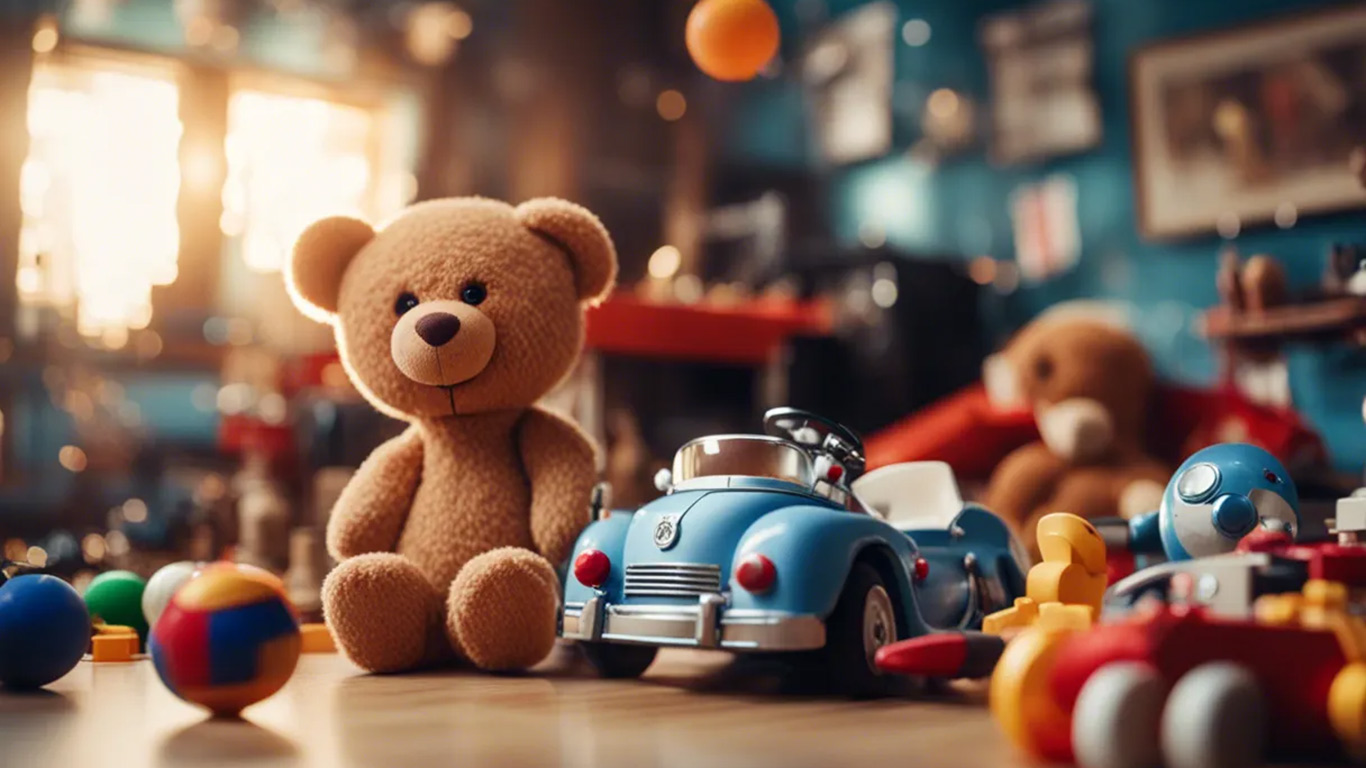
Play Therapy
Understanding Play Therapy: Healing Through Play
Introduction
Children express themselves in myriad ways, and one of the most profound and natural forms of communication for them is play. Play therapy harnesses this instinctual behavior to help children address and resolve psychological issues. By delving into the world of play therapy, we can better understand how this therapeutic approach can foster emotional and mental well-being in children.
What is Play Therapy?
Play therapy is a structured, theoretically based approach to therapy that builds on the normal communicative and learning processes of children. It was pioneered by Virginia Axline in the mid-20th century, drawing from Carl Rogers’ person-centered therapy principles. Through play, children can explore their emotions, express their thoughts, and make sense of their experiences in a safe and supportive environment.
The Importance of Play in Development
Play is vital for a child’s development. It promotes cognitive, physical, social, and emotional well-being. Through play, children learn about the world and themselves, develop problem-solving skills, and build relationships. It is through this natural medium that play therapy taps into a child’s ability to heal and grow.
How Play Therapy Works
In play therapy, toys and creative materials become the child’s words and the way they play becomes their language. The therapy sessions typically involve activities such as drawing, storytelling, role-playing, and using toys like dolls, action figures, and blocks. These activities allow children to express their feelings, thoughts, and experiences in a way that might be difficult to articulate verbally.
A trained play therapist observes and engages with the child during these sessions. They provide a safe and supportive environment, interpreting the play and helping the child to process and understand their emotions. The therapist’s role is to facilitate a space where the child feels understood and accepted, which can lead to profound healing and growth.
Benefits of Play Therapy
1. Emotional Healing: Children can express their emotions freely, helping them process difficult feelings such as anger, sadness, and fear.
2. Behavioural Change: Play therapy can help children develop healthier behaviours, providing them with coping mechanisms and strategies to deal with challenges.
3. Improved Communication: Through play, children learn to articulate their thoughts and feelings, improving their communication skills.
4. Enhanced Problem-Solving Skills: Play therapy encourages children to experiment with different scenarios, fostering creativity and problem-solving abilities.
5. Strengthened Relationships: By working through issues in a therapeutic setting, children can improve their relationships with family members and peers.
Who Can Benefit from Play Therapy?
Play therapy is particularly effective for children aged 3 to 12, but it can also be beneficial for adolescents and adults. It is used to address a range of issues including:
– Anxiety and depression
– Trauma and abuse
– Behavioural problems
– Autism and ADHD
– Family disruptions such as divorce or grief
Conclusion
Play therapy is a powerful tool that leverages the natural way children learn and express themselves. By providing a therapeutic environment where children can play out their feelings and experiences, play therapy helps them to heal, grow, and develop healthier ways of interacting with the world. If your child is struggling with emotional or behavioural issues, considering play therapy might be the key to unlocking their potential for healing and resilience.
Further Reading
– Axline, V. M. (1947). Play Therapy: The Inner Dynamics of Childhood.
– Landreth, G. L. (2012). Play Therapy: The Art of the Relationship.
– Schaefer, C. E. (2011). Foundations of Play Therapy.
Understanding the transformative power of play therapy can inspire us to embrace the natural, healing potential of play in every child’s life.

